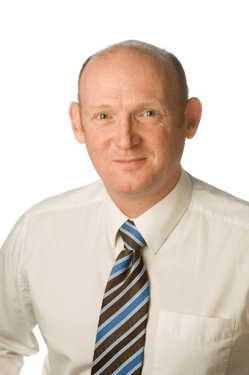Presentations of results of the UTM50 project, including demonstration of traffic control.
Program
12:30 Lunch in the restaurant at Visualization Centre
13:30 Welcome and Introduction, Billy Josefsson LFV, Anders Carlsson Visual Sweden
13:40 Keynote Mark Watson NATS, Head of UTM Service Integration
14:10 Presentation UTM 50 project results, Jonas Lundberg, Karl-Johan Palmerius Linköping University
14:45 Presentation UTM OK project, Valentin Polishchuk Linköping University
15:05 Questions & Answers, Billy Josefsson LFV
15:20 Remarks from TrV, TS, LiU, LFV
15:30 Coffee/ Drinks in the preshow area
About the projects
Autonomous air traffic, especially in cities (including both smaller drones and larger passenger aircraft), is forecasted to increase immensely over the next years. This will require management of traffic, through an UTM (Unmanned Traffic Management) system. The notion of unmanned traffic includes both drones, RPAS, and manned traffic where the aircraft largely operates autonomously. The system also needs to incorporate current manned traffic in the same airspace. The purpose of UTM is to manage unmanned traffic safely and efficiently beyond line of sight. Current plans (U-Space in Europe, UTM in the US) prescribe a step-wise implementation from countryside to cities.
Whereas the UTM 50 project deals with visualization and interaction the UTM OK project address airspace capacity, route planning and safety performance. The UTM 50 and UTM OK are complementary to each other.
The purpose of the project UTM50 was to visualize and study future traffic management concepts, services, and regulation, for unmanned (drone) traffic in cities. The goals were to:
- Visualize future air traffic
• Simulate future air traffic
• Implement routing and detect-and-avoid algorithms
• Study
– Human-machine interaction concepts, to manage unmanned traffic.
– Optimization algorithms for real-time adjustment of traffic.
– Identify the need to adjust current regulation.
– Identify potential future services / usage areas for unmanned traffic.
– Evaluate the relevance of the NASA and U-SPACE four-step approaches to UTM.
– Identify key challenges for future research and development.
Key note speaker data;
Mark is the head of UTM Service Integration, helping to shape NATS strategy for integrating drone activities into NATS air traffic operation. Mark is also a founding board member of the Global UTM Association and NATS representative on CANSO UAS working groups at global and European level. Mark represents NATS on several UK government led working groups to define UK policy for the widespread use of drones for commercial services and recreational use.

Mark Watson, Head of UTM Service Integration NATS
Tid
12:30–15:30
Plats
Visualiseringscenter C, Norrköping
Arrangör
Visual Sweden

